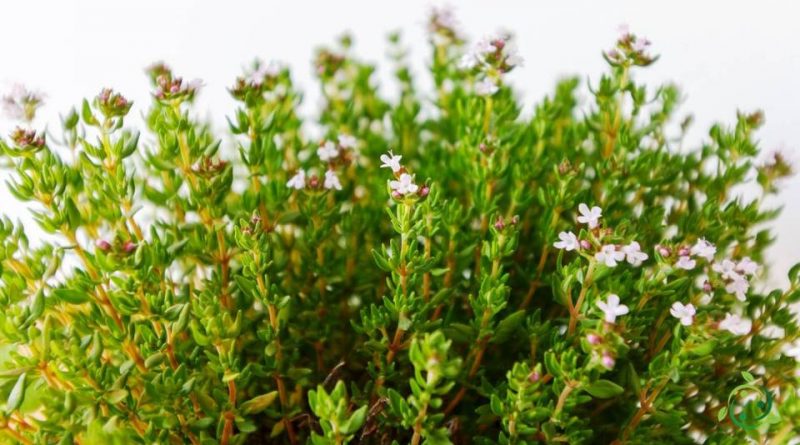How the common thyme reproduces
How the common thyme reproduces
The common thyme, German thyme, garden thyme or just thyme (Thymus vulgaris Linnaeus, 1753) is an aromatic perennial plant of the Lamiaceae family, native to the western areas of the Mediterranean.
In Italy it is present in almost the entire territory, spontaneously or cultivated, in arid places, from the plain to 900 meters.
This plant prefers light, sandy and chalky soils. The multiplication can take place both by seed and by cutting or by division of tufts.
In this sheet we will see how to propagate and multiply the plant while for the details of the cultivation technique, see the following sheet.
Propagation by seed –
In the reproduction by seed it is necessary to operate in spring; sowing in March if sowing indoors and in May outdoors.
Before sowing, the soil must be prepared; in the case of small plots, if this is too heavy, sand can be added: sowing must be done fairly superficially, so the seeds must be covered with little soil as they need light.
Irrigation should be done lightly and preferably with a nebulizer just to keep the substrate moist. Generally, the first emergencies of the seedlings occur after two or three weeks, but it is necessary to wait at least five or six weeks before planting the seedlings in the final place.
Propagation by cuttings –
The propagation technique by cuttings can be carried out both in the period of April-May or in August or even in September-October. It is advisable to take cuttings from already lignified twigs that can be planted directly or after having them rooted in pots.
Here, too, it is important to spray cuttings and substrate and shade in the first phase of taking root for optimal rooting.
Propagation by division –
The multiplication by division of the tufts must be carried out in the period of spring or autumn: in this case you must choose a well-branched plant by dividing it with a small hoe, being careful not to cut the roots.
The tufts thus taken are placed to root as for the cuttings by adopting the same watering and shading measures described above. In this case it is important that a light compaction of the earth is carried out around the head in order not to damage the root parts.
Collection and storage –
In the collection and conservation of Thymus vulgaris it is necessary to remove the leaves and flowering twigs and dry them in a shady and ventilated place.
Thyme is widely used in cooking to flavor and make many foods more digestible, such as roast meats, sauces, vegetables, mushrooms, fillings, oils and aromatic vinegars. It is also used to prepare aromatic liqueurs and wines.
It also has therapeutic properties: digestive, purifying, carminative, balsamic, tonic-stimulating; for gargling in infections of the oral cavity.

